Treatment on Medical & Surgical Conditions of the Ear in Colorado Springs, CO
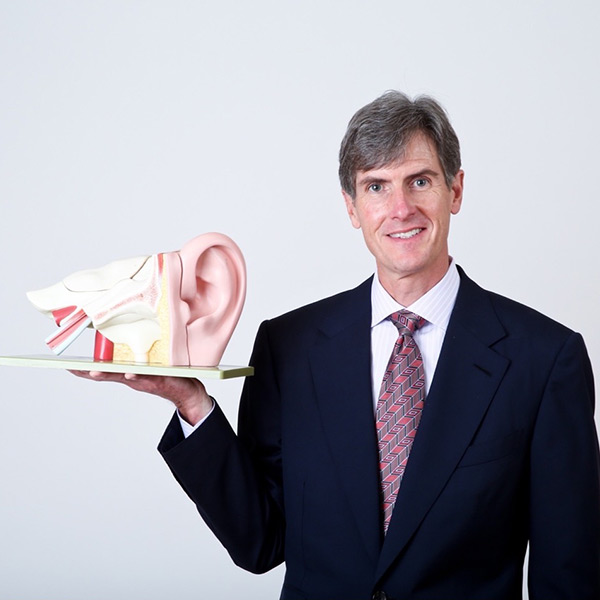
Medical & Surgical Conditions of the Ear
Joseph Hegarty, MD is a fellowship-trained Otologist/Neurotologist, or Ear Specialist, who treats all disorders of the ear in every age group. Hearing loss, tinnitus, dizziness, balance disorders, ear infections, eardrum perforations are common conditions treated both medically and surgically.
Anatomy of the Ear
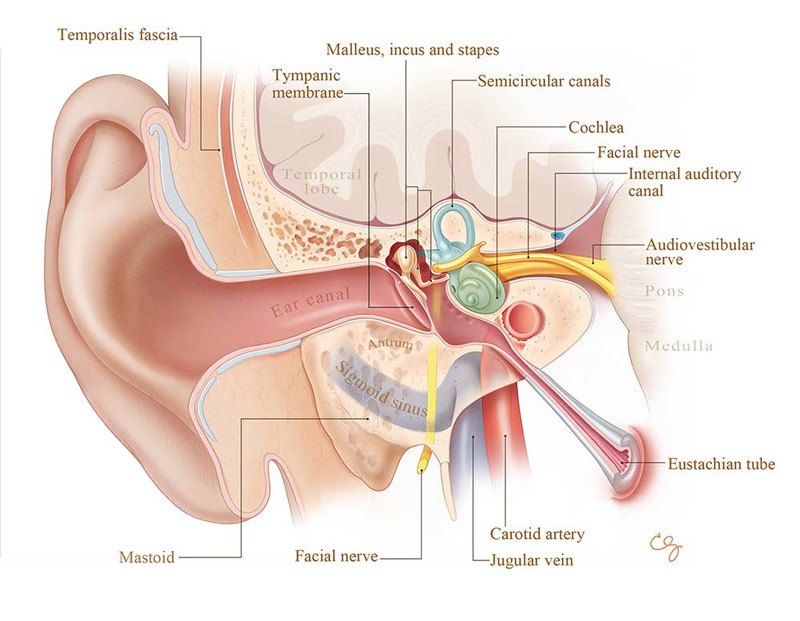
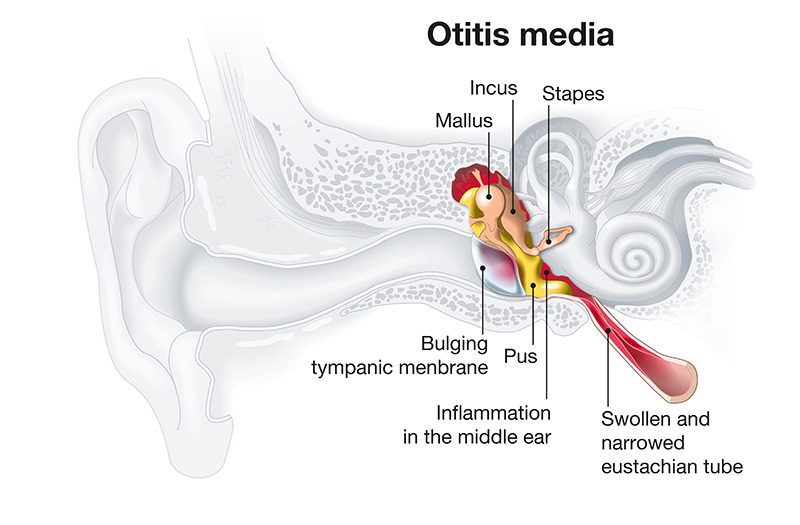
Ear Infections
Many of us have experienced ear infections. Without proper treatment, infections can cause more serious problems such as deafness, eardrum perforations, or mastoiditis. Dr. Hegarty thoroughly examines your ear, assesses your hearing, and recommends the most effective type of medical treatment for your infection.
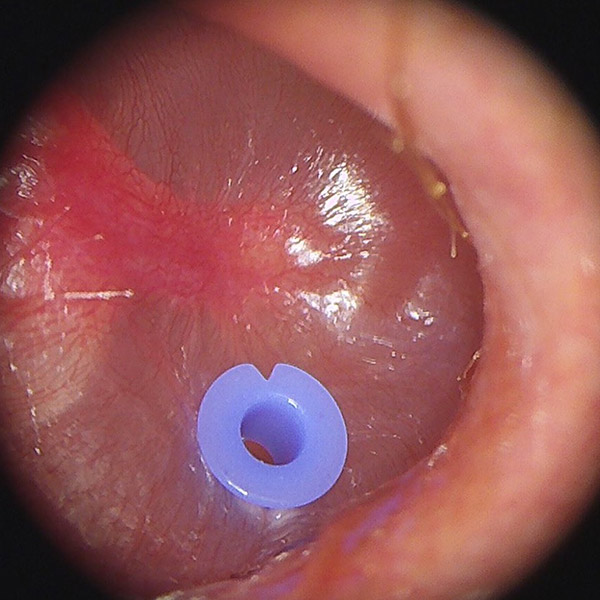
Myringotomy
Ear tube insertion can be performed comfortably in the office in adults and older children. Under the surgical microscope, a small incision is made in the eardrum and a tiny silicone tube is placed in it to ventilate the middle ear. This procedure typically improves hearing and reduces ear pressure.
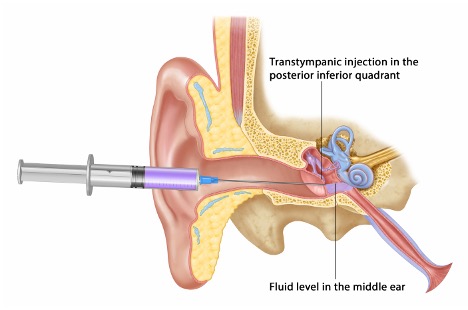
Transtympanic Treatment
Many conditions of the inner ear, such as Sudden hearing loss and Meniere’s disease, can be treated with the use of steroids placed into the middle ear that absorb into the inner ear. This well-tolerated, in-office procedure has few side effects.
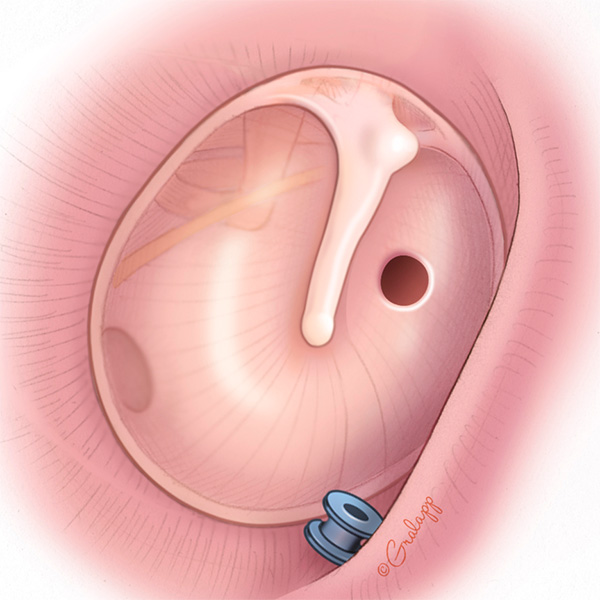
Eardrum Perforation
Dr. Hegarty can often treat small eardrum perforations in the office. Larger perforations can be successfully repaired with surgery.

Sudden Hearing Loss
Sudden hearing loss may be caused by infections, noise exposure, or diseases of the inner ear. This urgent condition can often be treated by Dr. Hegarty with a prompt examination and diagnostic audiogram.
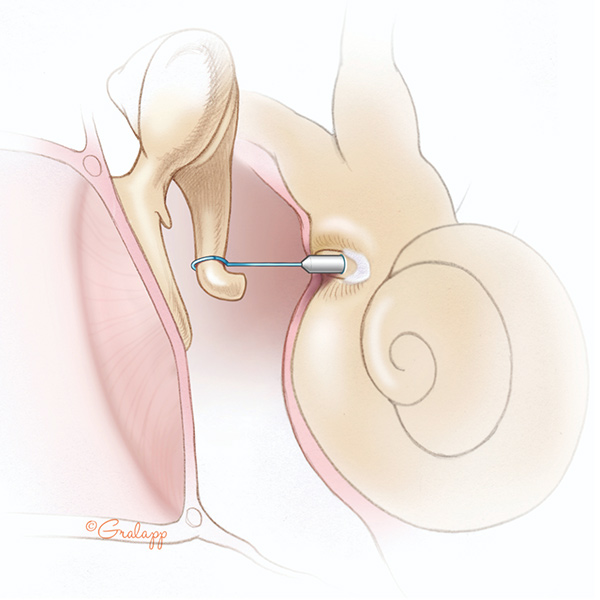
Otosclerosis
Otosclerosis is caused by a build-up of calcium against the third middle ear bone, or stapes. Common symptoms of Otosclerosis include ear fullness, ear ringing and progressive hearing loss. Surgery to replace the “frozen” stapes bone is performed through the ear canal, allowing sounds to re-enter the inner ear. This surgery, called a Stapedotomy, is usually very successful in improving both hearing and the volume of ear ringing.
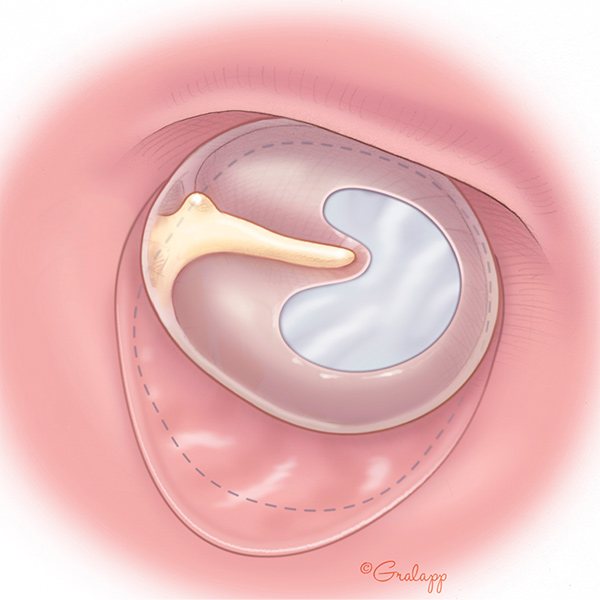
Tympanoplasty
A perforation, or hole, in the eardrum risks ear infection and leads to significant hearing loss. A tympanoplasty, or surgical repair of the eardrum, uses a patient’s own tissue to reconstruct the ear. This operation is usually very successful in restoring both hearing and ear health.
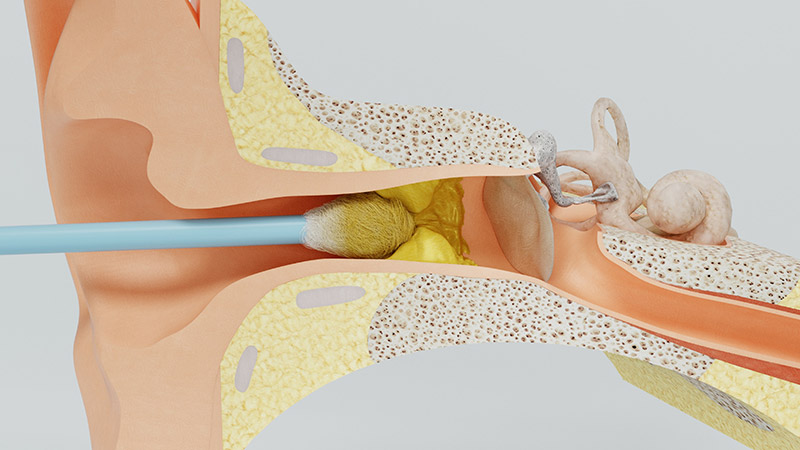
Cerumen
Ear wax, or cerumen, can cause hearing loss, ear ringing and pain. Dr. Hegarty performs microscopic ear wax removal with gentle suctioning to reduce any harm to the ear canal or eardrum. Q-tip use is a common reason for cerumen impactions and their use is best avoided.
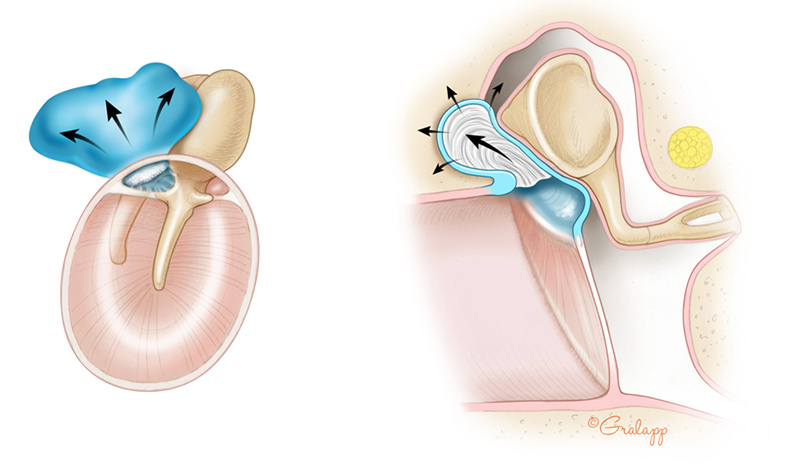
Cholesteatoma
A cholesteatoma is a piece of the normal eardrum that gets stuck underneath itself, causing drainage and infections. Patients who develop cholesteatoma will often have a history of ear infections or difficulty popping their ears. Left untreated, cholesteatomas will cause pain, drainage, continued hearing loss, ear ringing, dizziness, facial paralysis, and intracranial (brain) complications. Surgery is usually necessary to restore ear health and hearing.
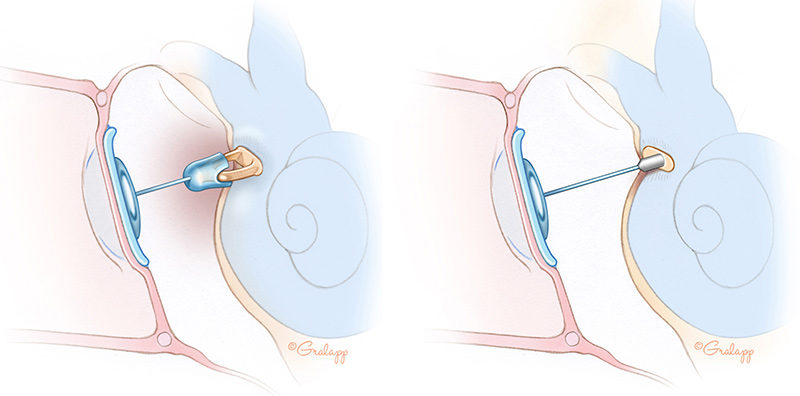
Ossiculoplasty
An ossiculoplasty involves reconstruction of the middle ear bones, the malleus, incus and stapes. Diseases of the ear, such as cholesteatoma or long-standing difficulty popping the ear, can lead to the dissolution of the middle ear bones. Fortunately, with surgery, these bones can be replaced with artificial titanium prostheses that usually allow very good hearing upon healing.
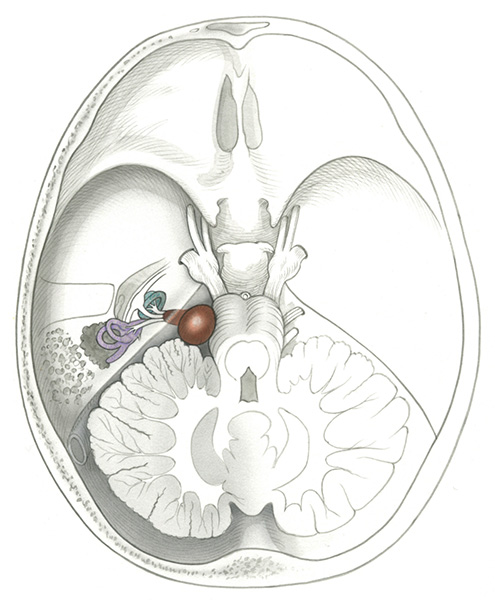
Acoustic Neuromas and Other Benign Skull Base Tumors
Acoustic Neuromas, Meningiomas and Paragangliomas are benign tumors of the inner ear and temporal bone that are managed by Dr. Hegarty. Symptoms of these tumors may include ear ringing, hearing loss and dizziness. Treatment options for these tumors involve observation with serial imaging (i.e., no treatment), radiation or surgical removal.

Benign Paroxysmal Positional Vertigo
Benign Paroxysmal Positional Vertigo (BPPV) is a common condition causing spinning vertigo. Also known as “crystals in the ear,” this type of vertigo occurs frequently in bed or rolling over in bed. A corrective head maneuver performed to re-position these particles typically has high success.
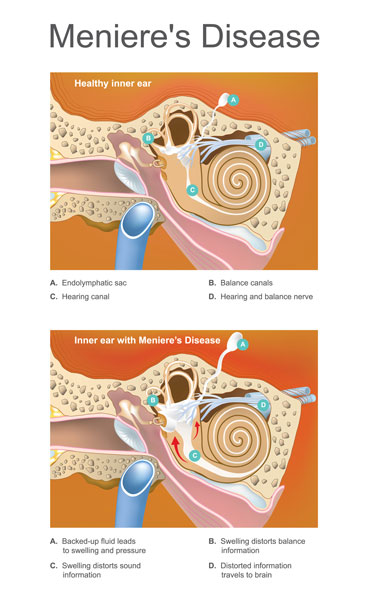
Meniere’s Disease
Meniere’s Disease is an inner ear disorder that causes fluctuating hearing loss, ear fullness, ear ringing (tinnitus), and episodes of vertigo. While the cause of still unclear, we do know there is too much inner ear fluid pressure that damages both the hearing and balance parts of the ear. The increased inner ear fluid pressure is likened to the eye condition Glaucoma. Both medical and surgical treatments are available to control this condition.
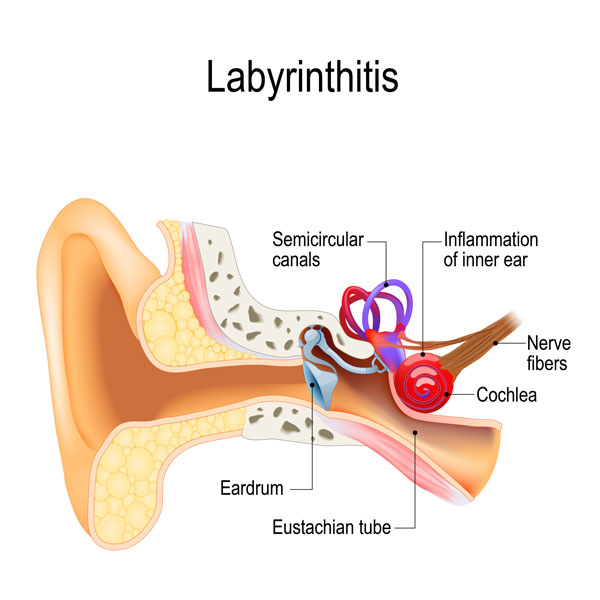
Labyrinthitis
Labyrinthitis, also known as viral labyrinthitis or vestibular neuronitis, causes the most severe of all forms of vertigo: a feeling of motion when you know you are not moving. It is thought to be caused by a virus entering the inner ear, which damages the balance sensory cells and nerve. This results in spinning vertigo that takes days to weeks to improve. Vestibular rehabilitation therapy can greatly improve this condition.
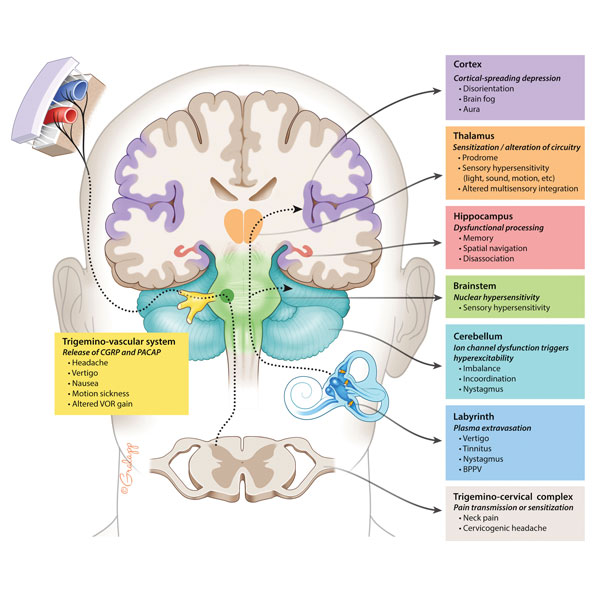
Vestibular Migraine
Vestibular Migraine is far more common than is currently diagnosed and treated. This condition is intermittent and not always seen in patients with migraine headaches. We think of this condition as mini “seizure-like” electrical activity in the balance center of the brain. Episodes of vertigo makes it difficult to distinguish from Meniere’s Disease. Brain fog, light/sound sensitivity, tinnitus and head pressure are common symptoms with Vestibular Migraine. Treatments for vestibular migraine include food restrictions, supplements, vestibular rehabilitation therapy, and medications.
Colorado Springs Ear Associates
Address
2950 Professional Place, Suite 100
Colorado Springs, CO 80904
Phone: 719-667-1327
Email: contact@springsear.com
Fax: 719-667-1328
Hours of Operation
Monday: 8:00 AM – 5:00 PM
Tuesday: 8:00 AM – 5:00 PM
Wednesday: 8:00 AM – 5:00 PM
Thursday: 8:00 AM – 5:00 PM
Friday: 8:00 AM – 5:00 PM
